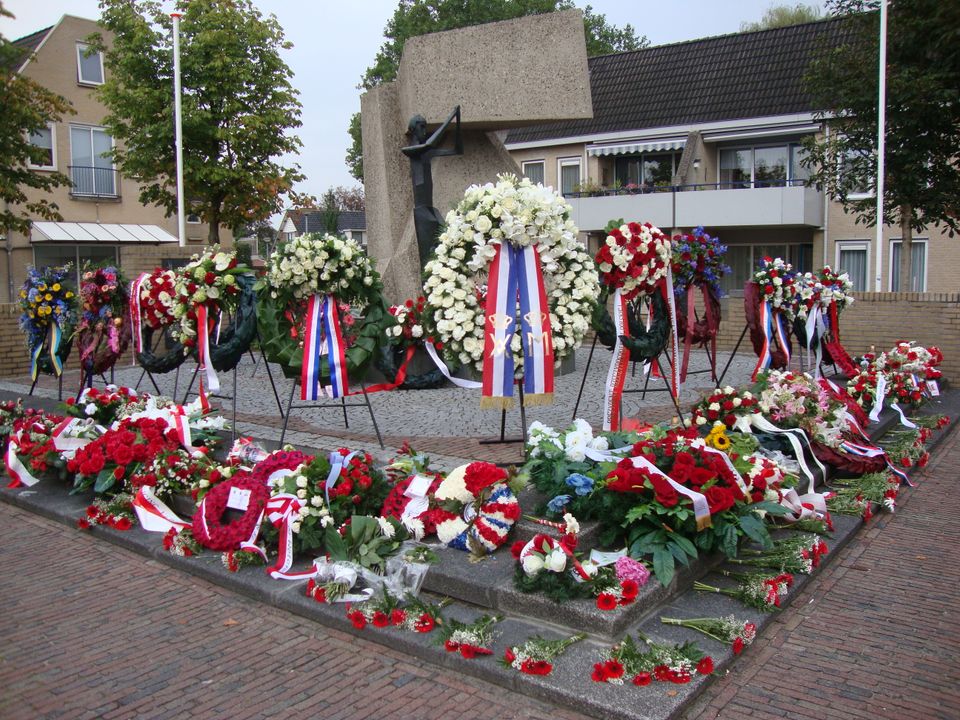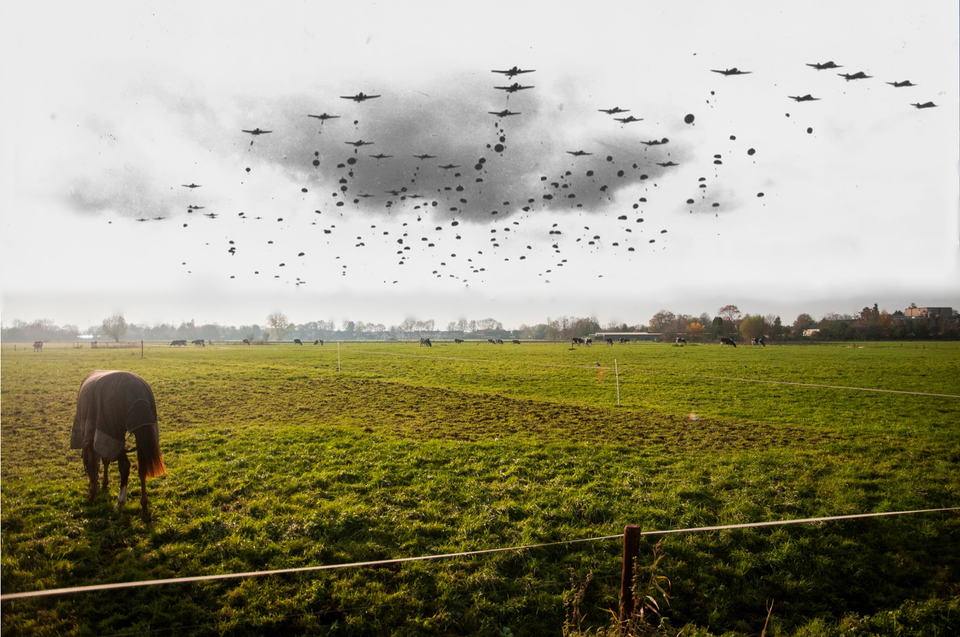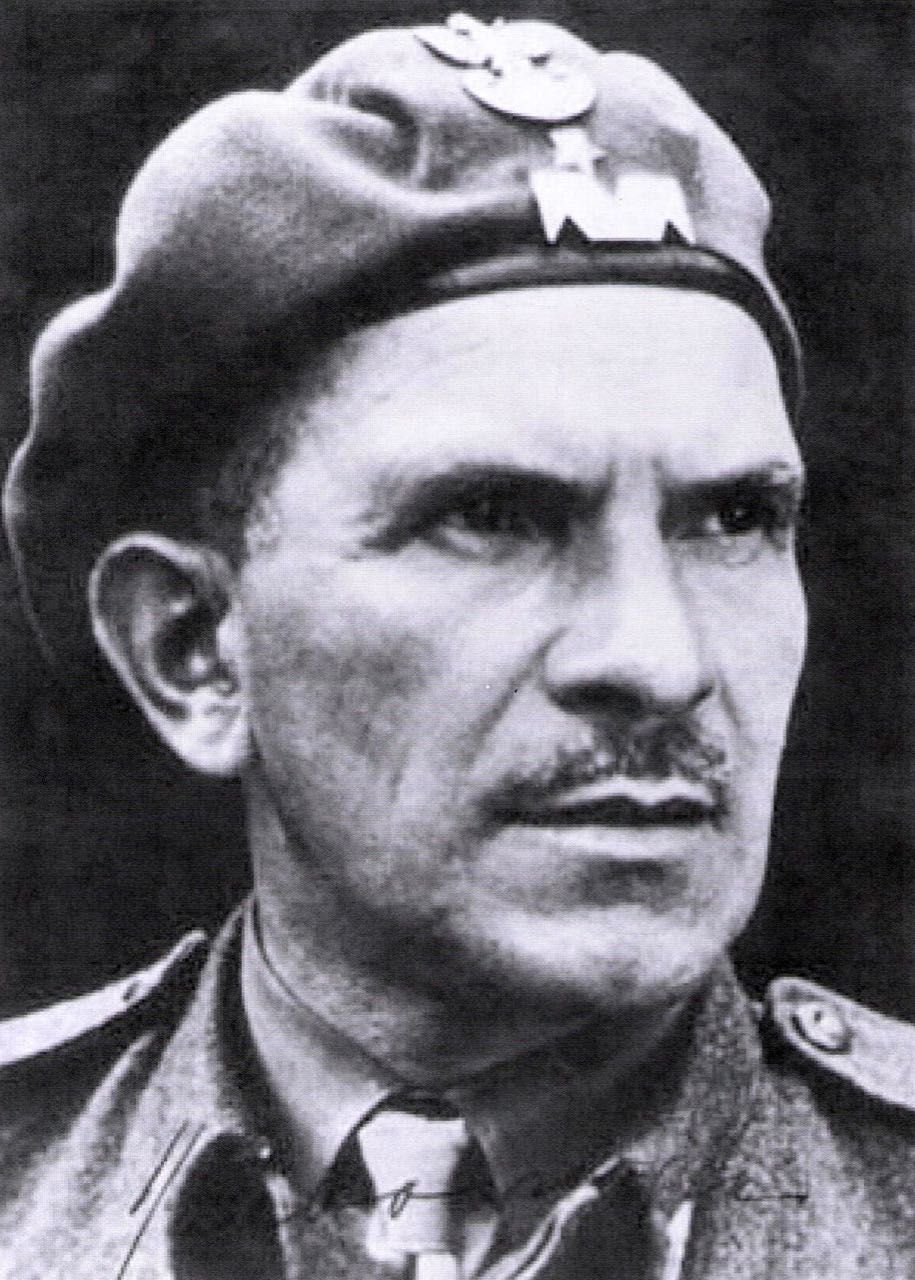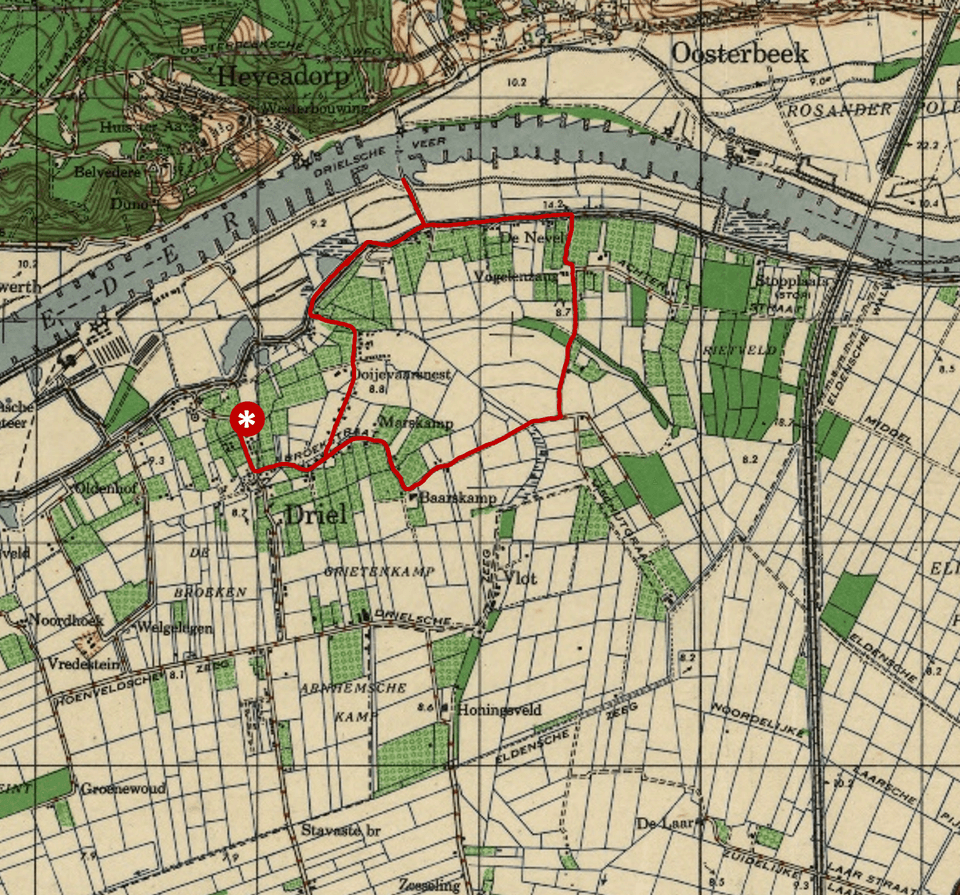The Poles of Driel
The Poles of Driel
This is a hike along important milestones in and around the village of Driel where the 1st Polish Independent Parachute Brigade fought during the Second World War.
This is a hike along important milestones in and around the village of Driel where the 1st Polish Independent Parachute Brigade fought during the Second World War. The route goes, amongst others, over the landing sites and past the headquarters of Major General Sosabowski.
This hike passes important milestones in the village of Driel where the 1st Polish Independent Parachute Brigade fought during the Second World War. They were here to support the surrounded British troops near Oosterbeek. To reach the British troops, the Poles had to cross the River Rhine at Driel. The route – of about 6 kilometres – takes you, amongst others, over the landing sites and past the headquarters of Major General Sosabowski. The hike starts and ends at the ‘Information Centre: The Poles of Driel’ which was developed by the Driel Poland Foundation.

- Distance
- 6 km
Sights on this route
Information Centre: The Poles of Driel
‘Bound by Friendship and Gratitude’. The Information Centre: The Poles of Driel provide insights into the battle fought by the Ist Independent Polish Parachute Brigade in the village of Driel during Operation Market Garden.Read more
Navigate to starting point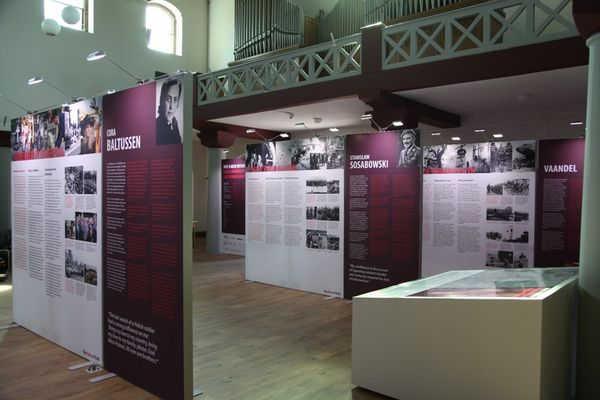
Information Centre: The Poles of Driel
Information Centre: The Poles of Driel
Informatiecentrum: De Polen van Driel
Kerkstraat 27
6665 CE DRIEL
Navigate to starting point
Landing sites – then fields and orchards
On September 21st 1944, around 17:55, this was the landing area of the Polish troops. Around 1000 paratroopers were dropped here.Read more

Landing sites – then fields and orchards
Landing sites – then fields and orchards
Vogelenzangsestraat 9
Driel
The first clashes: German attacks repelled, losses to be mourned.
The Polish troops took up positions in and around Driel, including at the predecessor of this post-war farm, the Baarskamp. Lieutenant Richard Tice was killed in a first German attack on one of the Polish positions.Read more
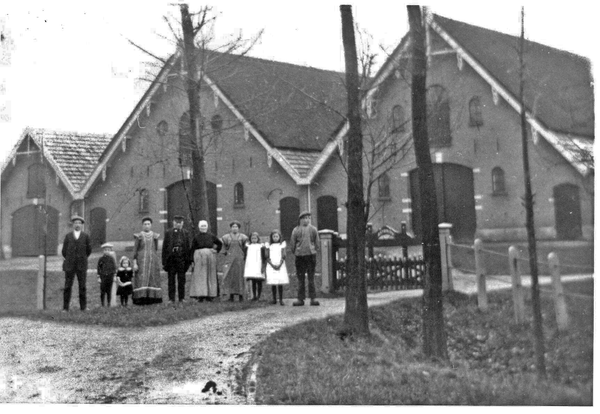
The first clashes: German attacks repelled, losses to be mourned.
The first clashes: German attacks repelled, losses to be mourned.
Vogelenzangsestraat 10
Driel
Stranded aid: supplies do not reach the British troops in Oosterbeek.
In the evening of Friday September 22nd 1944, parts of the allied ground army – coming from the south of the Netherlands- reached Driel. The amphibious vehicles with supplies for the British troops near Oosterbeek, stranded in the dark.Read more
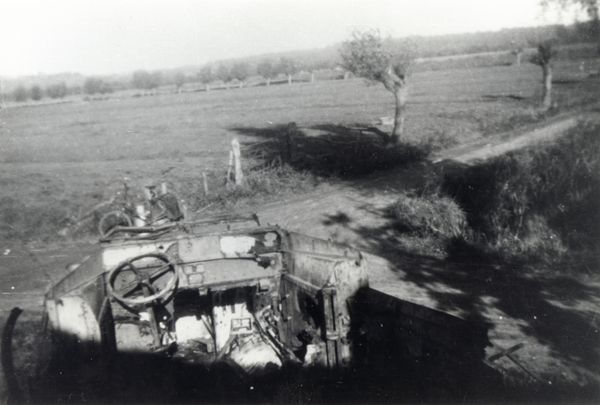
Stranded aid: supplies do not reach the British troops in Oosterbeek.
Stranded aid: supplies do not reach the British troops in Oosterbeek.
Vogelenzangsestraat 10
Driel
German positions behind the railway embankment take Polish troops under fire.
After the landing of the Polish paratroopers, the German commander quickly sent in troops from the east, who took up positions behind the railway embankment.Read more
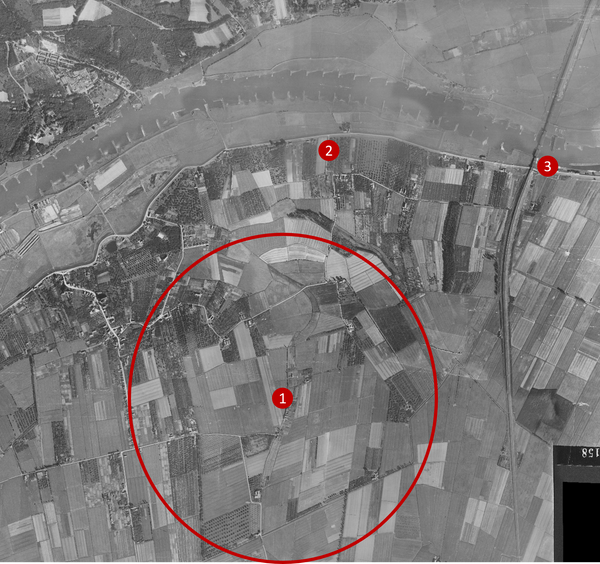
German positions behind the railway embankment take Polish troops under fire.
German positions behind the railway embankment take Polish troops under fire.
Achterstraat tussen de dijk en Vogelenzangsestraat
Driel
The Nevel: Poles take up positions around Driel
Because the Polish troops could not cross the Rhine on the first night, they took up positions around Driel. They also guarded war prisoners here. Among the German prisoners of war were two Poles.Read more
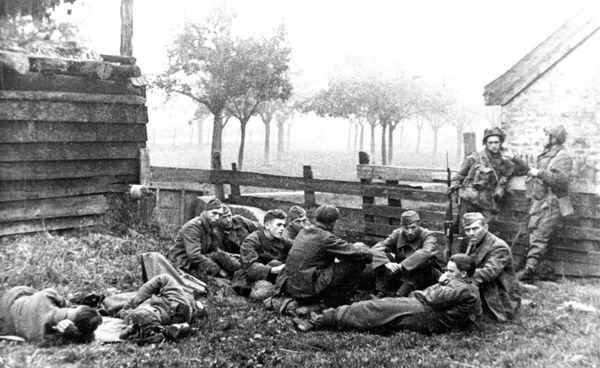
The Nevel: Poles take up positions around Driel
The Nevel: Poles take up positions around Driel
Drielse-Rijndijk
Driel
The attempt of the Dorsets – doomed to fail
In the night of 24 to 25 September 1944, after two earlier failed attempts by the Poles, a final operation was undertaken to reinforce the British troops in Oosterbeek.Read more
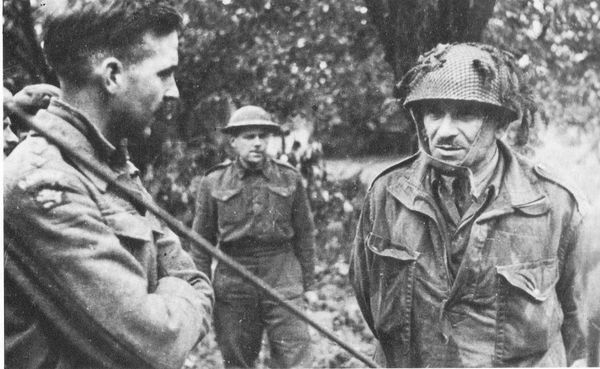
The attempt of the Dorsets – doomed to fail
The attempt of the Dorsets – doomed to fail
Drielse Rijndijk 95
6665 LR Driel
The Driel ferry - disabled for the Germans and unusable for the Poles.
The first objective of the Polish troops was to use the Driel ferry to cross the river and to reach the trapped British troops in Oosterbeek. However, the ferry turned out to be unusable.Read more
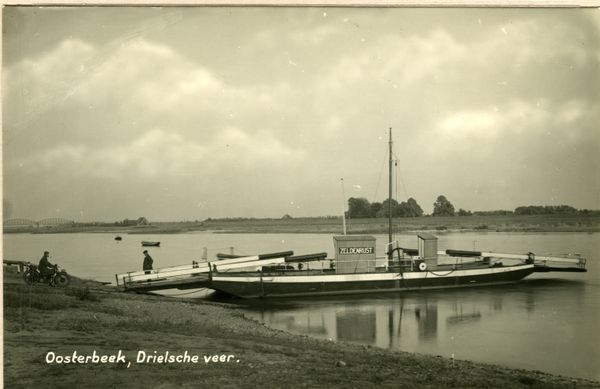
The Driel ferry - disabled for the Germans and unusable for the Poles.
The Driel ferry - disabled for the Germans and unusable for the Poles.
driel
Headquarters and bust of Major General Stanisław Sosabowski
The bust of Major General Stanisław Sosabowski looks out over his headquarters, at Molenstraat 12. This house was the residence of miller Beijer in September '44. In the morning of the 22nd, the general established his headquarters there.Read more
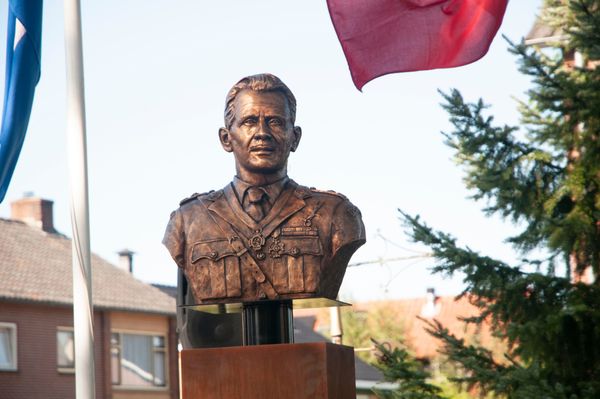
Headquarters and bust of Major General Stanisław Sosabowski
Headquarters and bust of Major General Stanisław Sosabowski
Baltussenweg, Vogelenzangsestraat en Molenstraat
Driel
The Household Cavalry came to reinforce the Polish troops with eight armored cars
Early in the morning on Friday 22 September 1944, units of the Household Cavalry reached the Polish soldiers under cover of a heavy fog. The Poles were reinforced by eight armoured vehicles with cannons, working radios and 20 soldiers.Read more
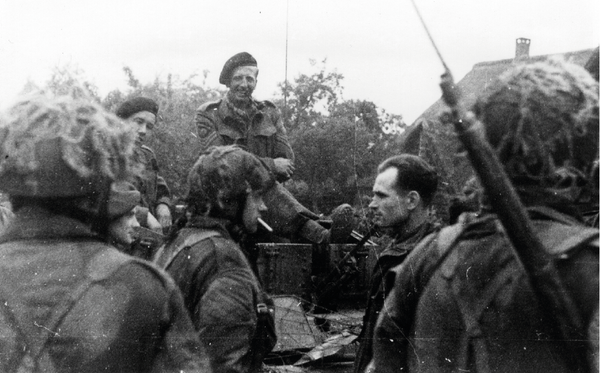
The Household Cavalry came to reinforce the Polish troops with eight armored cars
The Household Cavalry came to reinforce the Polish troops with eight armored cars
Driel
The emergency hospital in the school - Operating dressed in flak jackets
The medical company of the Polish paratrooper brigade chose the Roman Catholic primary school as its emergency hospital. The medical staff ultimately treated a total of 159 wounded: Polish and British soldiers and Dutch civilians.Read more

The emergency hospital in the school - Operating dressed in flak jackets
The emergency hospital in the school - Operating dressed in flak jackets
Korte Molenstraat
Driel
Fighting around the Dorpstraat on the southern side of Driel
At the T-junction of Dorpstraat-Honingveldsestraat, the Polish troops had taken up positions. When the German troops launched the attack on September 23rd, the Poles had to retreat in a hurry.Read more

Fighting around the Dorpstraat on the southern side of Driel
Fighting around the Dorpstraat on the southern side of Driel
korte Molenstraat/ Kerkstraat
Driel
The Roman Catholic parish house set up as a medical post
At the beginning of the Battle of Arnhem, under the leadership of the local female doctor, Dr. A. van den Burg - van der Poel, the Roman Catholic parish house was set up as a modest first aid post for civilians.Read more
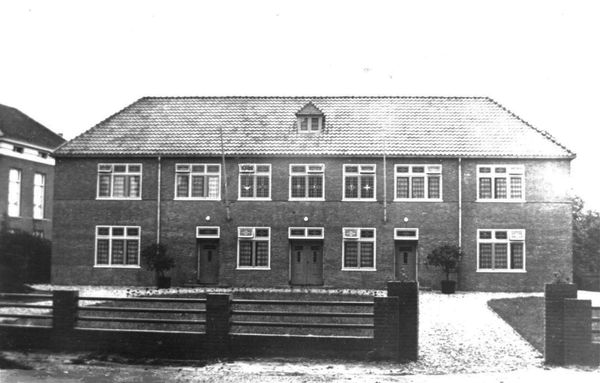
The Roman Catholic parish house set up as a medical post
The Roman Catholic parish house set up as a medical post
Kerkstraat Polenplein
Driel
The monument at Plac Polski and the annual commemorations in Driel
On September 21st 1946, a sober monument was unveiled to commemorate the events of two years earlier. The efforts of Polish soldiers are commemorated every year here.Read more

The monument at Plac Polski and the annual commemorations in Driel
The monument at Plac Polski and the annual commemorations in Driel
Driel
Audiospot: The Poles of Driel
In the battle of Arnhem, General Sosabowski and his Polish 1st Independent Parachute Brigade acted bravely. The enormous service they performed in the liberation of the Netherlands has only been formally recognized recently.Read more
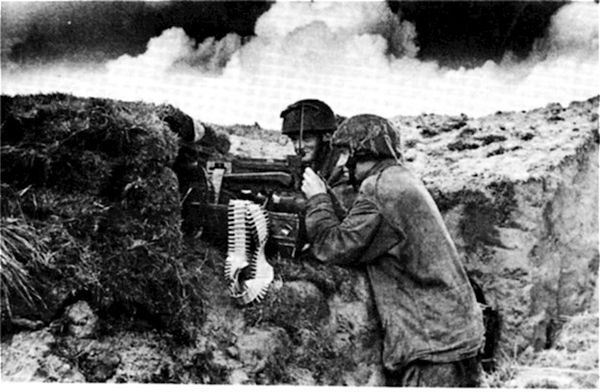
The Catholic Church: from viewpoint to information centre
On September 24th 1944, Lieutenant General Brian Horrocks, commander of the ground army, visited Driel. Together with Major General Sosabowski and three other British officers, he watched the situation across the Rhine from the church tower.Read more
Navigate to endpoint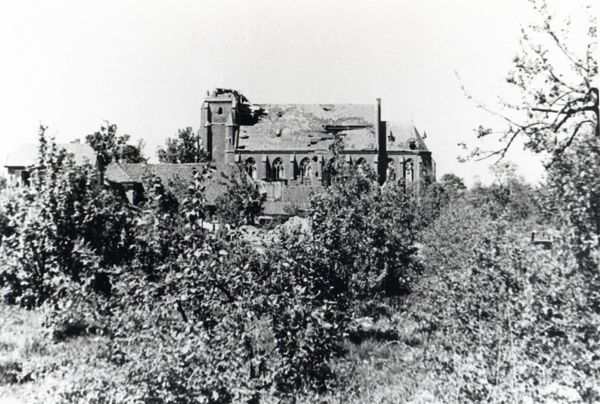
The Catholic Church: from viewpoint to information centre
The Catholic Church: from viewpoint to information centre
Kerkstraat 25
6665 CG Driel
Navigate to endpoint

